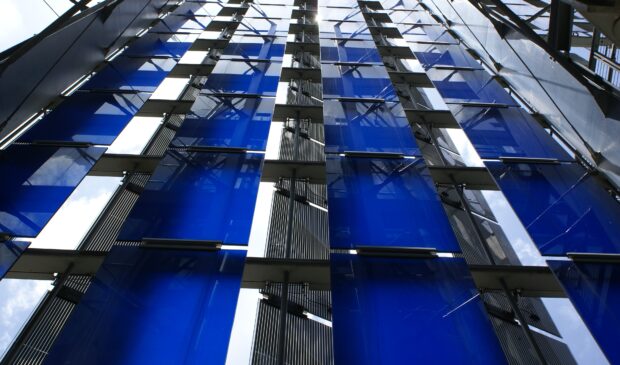Arts, music commissioners want new convention center to support Austin creatives
Wednesday, July 10, 2024 by
Chad Swiatecki Members of the Music Commission and Arts Commission have assembled a list of 31 recommendations detailing how the reconstructed Austin Convention Center could best support the local creative community.
The recommendations from the Urban Core Land Use Working Group, which includes two members of each commission as well as development and event professionals, was scheduled for discussion at last week’s Music Commission meeting but was postponed until August due to time constraints.
The presentation document divides the recommendations into five areas: vision and how the convention center interacts with the surrounding community; music spaces; arts spaces; retail and other spaces; and financial and operational considerations.
Individual recommendations include allocating space for music performances and other events, a recording studio, rehearsal space, display areas for local artists, outdoor staging and retail stores promoting local goods.
Operationally, the group wants the city to use economic incentives and other financial tools to support creative tenants in the new convention center, which currently totals more than 300,000 visitors per year.
The working group began looking at the potential features of the convention center more than a year ago, after a Music Commission recommendation for the city to create an advisory board for the estimated $1.6 billion reconstruction didn’t result in any action by City Council.
Music Commissioner Anne-Charlotte Patterson said staff from a handful of Council offices and assorted city departments expressed support for having a list of recommendations focused on how the facility could best showcase and support the local creative community. While there is no formal action expected to be taken for the recommendations in the near term, Patterson said members will distribute it to relevant designers, architects and planning professionals involved in the reconstruction. With the center slated for closure next spring for the four-year project, she said the working group hopes the planning and design process can include the space and infrastructure needed to incorporate as many of the recommendations as possible.
“There is a plan in place to reserve, for example, ground-floor retail spaces on the bottom floor and somehow have that leaning into the creative community or cultural arts, but there’s not a complete plan in place yet,” she said. “There’s been a concern that if some of the infrastructure for this specific type of space isn’t baked into the plan, then there’s going to have to be a lot of retrofitting that happens or that might make it impossible for certain things.”
The presentation includes no budgetary considerations for the many spaces considered for musicians and artists, though the use of Hotel Occupancy Tax funds for the project offers a wide financial berth since most if not all of the recommendations could be considered as supporting tourism, which is the main requirement of the state laws covering those funds.
“I don’t see why this couldn’t be part of the budget but for the convention center, which is supported by, or almost entirely by, the Hotel Occupancy Taxes. Some of that could go to sustaining these places after they’re built,” Patterson said.
There are several unknowns for the eventual design of the new convention center, including how pedestrians will be able to interact with the space that is bounded by Fourth, Cesar Chavez, Trinity and Red River streets. For years, leaders of the local hotel and convention industry had hoped to expand the center westward to offer more exhibition and meeting space they say is needed to attract major bookings. That larger footprint likely would have allowed for more open ground-floor areas to promote community interactions, but land acquisition negotiations for that effort stalled, leading to the plan to reconstruct the facility in its present space.
The project is also expected to include a hotel and multifamily housing as part of a public-private partnership.
Patterson said she hopes the recommendations can help to inform the plans for the areas immediately around the new center.
“It’s certainly my hope that there can be open space and green space that’s accessible not just to convention attendees, but to the public,” she said. “I think that creates a nice synergy between conventiongoers and people that live in Austin. It just creates a much more pleasant and open feel.”
Photo made available through a Creative Commons license.
The Austin Monitor’s work is made possible by donations from the community. Though our reporting covers donors from time to time, we are careful to keep business and editorial efforts separate while maintaining transparency. A complete list of donors is available here, and our code of ethics is explained here.
You're a community leader
And we’re honored you look to us for serious, in-depth news. You know a strong community needs local and dedicated watchdog reporting. We’re here for you and that won’t change. Now will you take the powerful next step and support our nonprofit news organization?




